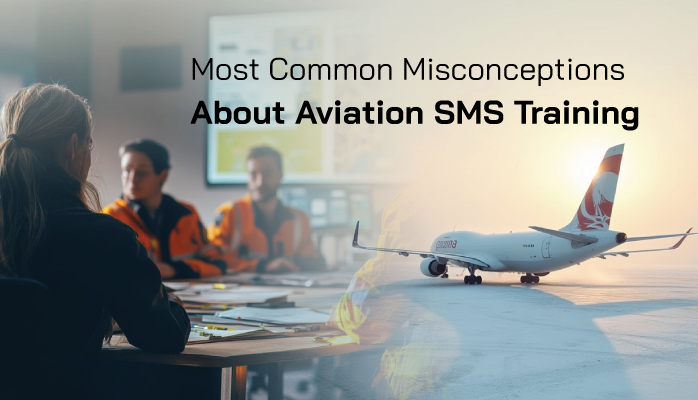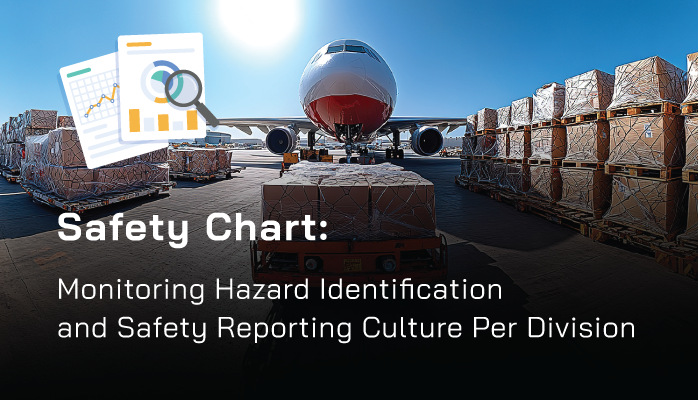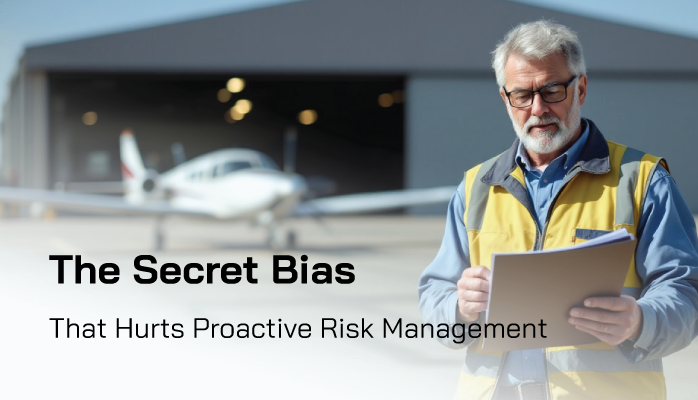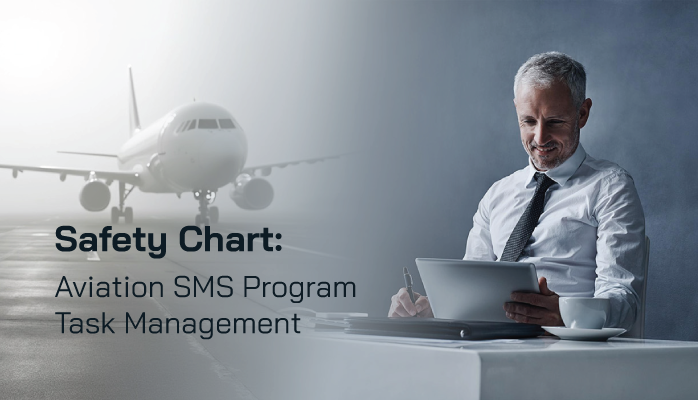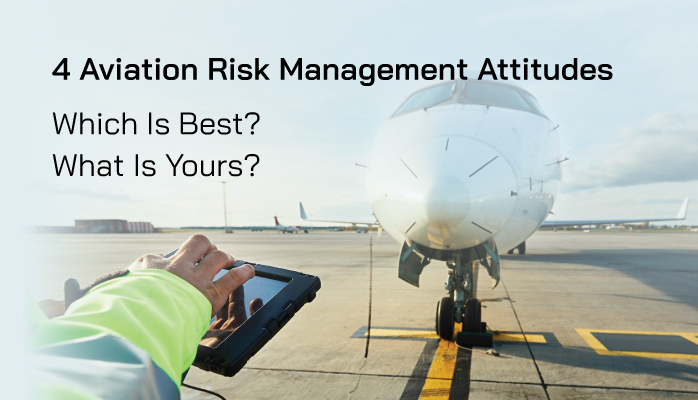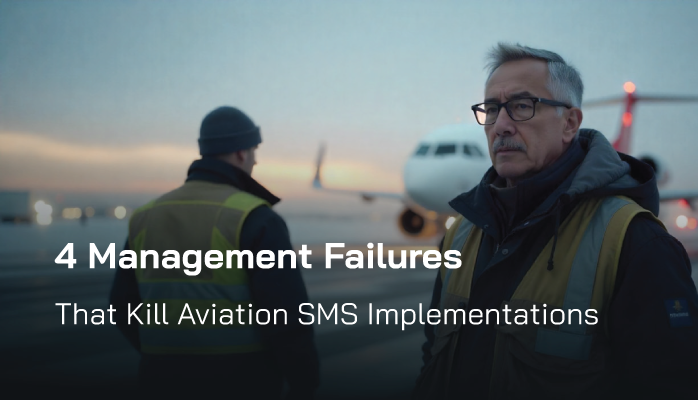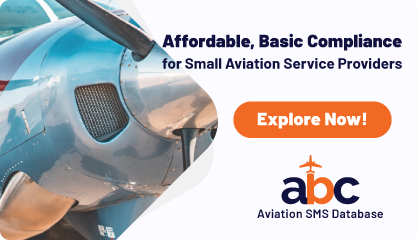Stu Martin
Stu Martin is an accomplished aerospace safety engineer with over 25 years of experience in the aviation industry. Beginning his career on the ramp, Stu developed a hands-on understanding of aircraft operations, maintenance, and safety protocols. His journey from ground operations to engineering has equipped him with a unique perspective on aviation safety, blending practical expertise with technical rigor. Stu has contributed to numerous safety initiatives, including the development of risk assessment frameworks and incident investigation protocols, earning recognition for his commitment to enhancing operational safety. A respected voice in the field, he continues to advocate for robust safety cultures within aviation organizations worldwide.
1st Step to Improve Aviation SMS Training
Improving aviation safety management systems (SMS) training effectiveness is as much about understanding what it is as what it is not.
Misconceptions about aviation SMS training can have wide-ranging negative effects on SMS implementation.
Read More
Topics:
Risk Management Training
Why the All Issues by Division Chart Is Important
Aviation safety dashboard charts automatically monitor and present aviation safety management systems (SMS) data to stakeholders, who can then use the information to make fact-based decisions.
Read More
Topics:
2-Safety Risk Management
Risk Management Is the Backbone of Aviation SMS
One of the primary foundations of aviation safety management systems (SMS) is the organizational-wide, focused approach towards proactive risk management.
Read More
Topics:
2-Safety Risk Management
What Is Task Management in Aviation Risk Management
Task management in every aviation safety management system (SMS) is extremely important. After all, the accountable executive will be monitoring SMS performance regularly and will be alert for substandard safety performance.
Read More
Topics:
Risk Management Software
What Is Safety Culture Really?
"Safety culture" in aviation safety management systems (SMS) is a phrase that gets thrown around a lot and in many types of SMS conversations.
Read More
Topics:
3-Safety Assurance
Aviation SMS Dashboard Charts Monitor SMS Performance
Operators implementing aviation safety management systems (SMS) have common questions early in their SMS implementation. How do I monitor risk to my organization within a particular time period?
Read More
Topics:
Risk Management Software
Intro Failing to Agree
Many of the most important misconceptions about aviation safety management systems (SMS) revolve around the relationships and resistance that hurts SMS implementation.
Generally, the misconceptions about aviation SMS revolve around differences in attitudes about safety risk management.
Read More
Topics:
2-Safety Risk Management
Conforming Aviation SMS Around Struggles
Aviation safety management systems (SMS) are now an FAA requirement for part 121 certificated operators.
Without having a verifiable SMS, operators will face denial of permits and other problems. For organizations that have only lightly dabbled with an SMS and do not have a demonstrable program,
Read More
Topics:
Aviation SMS Implementation
More Insidious Than Confrontational
Formal aviation safety management systems (SMS) have been continually being implemented across the world for over a dozen years now. Some are successful, while many are not. Failed or under-performing aviation SMS is a concern for account executives and the safety team.
Read More
Topics:
3-Safety Assurance
Ground Handling Accidents in Aviation Risk Management
A couple of months ago I was sitting on a Boeing 737 jet waiting for the rest of the passengers to board the plane.
My seat was near the front of the aircraft, and I had a central view of ground handling operations.
Read More
Topics:
3-Safety Assurance

